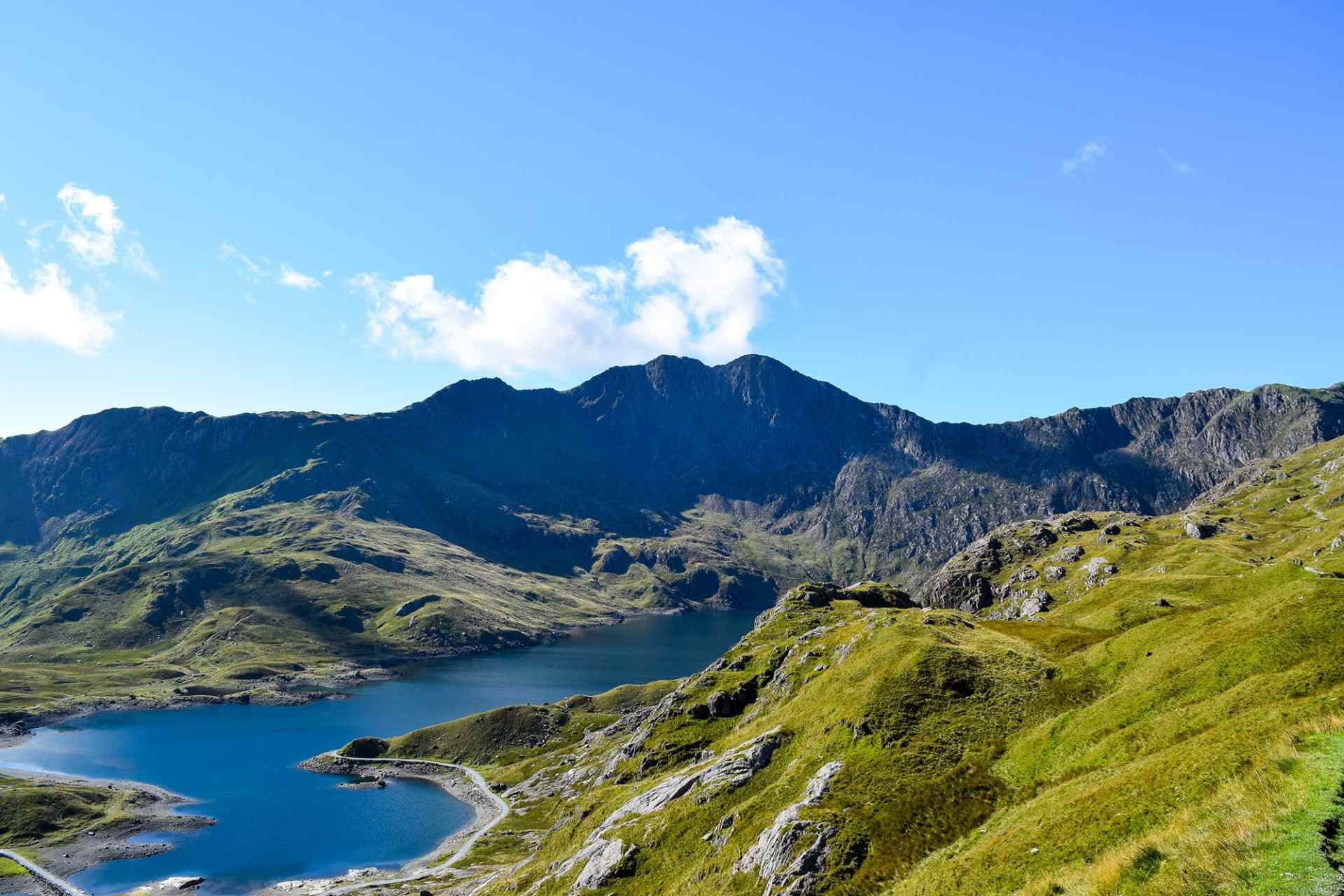Wales
Your Ultimate Travel Guide
Book your individual trip, stress-free with local travel experts
Why Wales?
Discover what makes Wales unforgettable





Wales is home to some of the most dramatic mountain landscapes in the UK. Hike Snowdon, the highest peak in Wales, or explore the rugged beauty of Brecon Beacons. Whether you're scaling peaks or simply enjoying the rolling hills and valleys, Wales offers some of the most stunning and diverse natural scenery around.


Wales is full of secret spots waiting to be explored. From the enchanting waterfalls of Aber Falls to the remote island of Bardsey, it’s a place where you can escape the crowds and find tranquility. These hidden gems offer a more personal experience of Wales, where nature and history combine in a way that feels uniquely yours.


The coastline of Wales is truly spectacular, with towering cliffs, sandy beaches, and charming seaside villages. Walk along the Pembrokeshire Coast Path, explore the hidden coves of Gower, or relax by the peaceful shores of Anglesey. Wales’ coastline offers both adventure and tranquility, perfect for a coastal escape.


Wales is a land of castles, with over 600 scattered across the country. Explore the imposing Caernarfon Castle, wander the ruins of Conwy, or visit the fairy-tale-like Cardiff Castle. Each one tells a story of ancient battles, royal intrigue, and architectural genius—perfect for history lovers and adventurers alike.

Travel tips
Plan with confidence
Unlock Wales with local insights
Meet the experts who make your journey special
See all Wales local experts →
tourism
created
travellers

tourism
created
travellers

tourism
created
travellers

tourism
created
travellers

tourism
created
travellers

tourism
created
travellers

tourism
travellers
Best places in Wales to visit
From icons to hidden treasures




More travel inspiration
Discover Wales' most captivating stories
Arrange your trip, hassle-free, with local travel experts
Arrange your trip with local travel experts